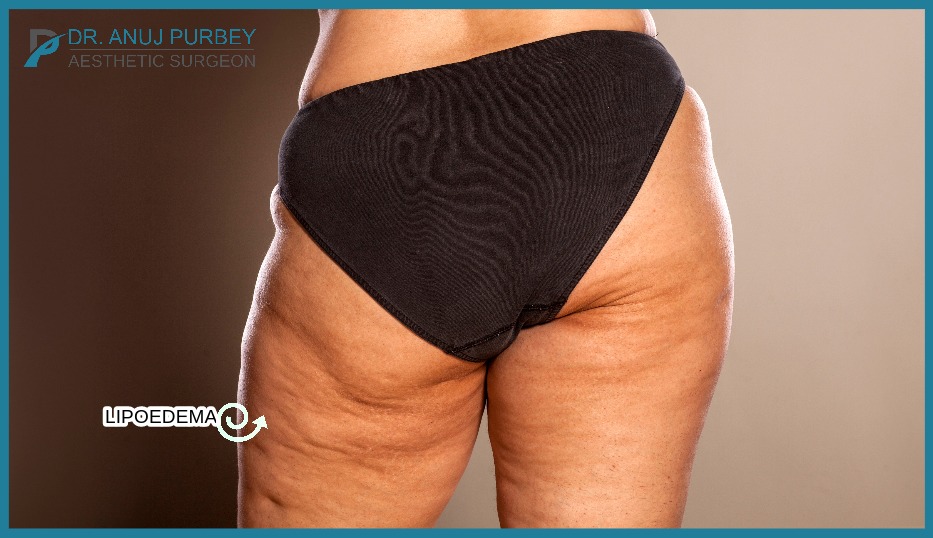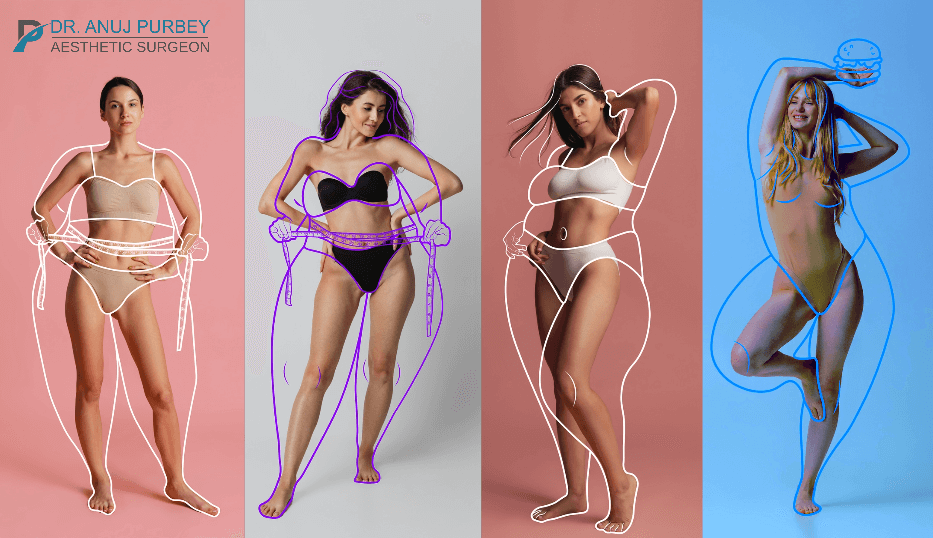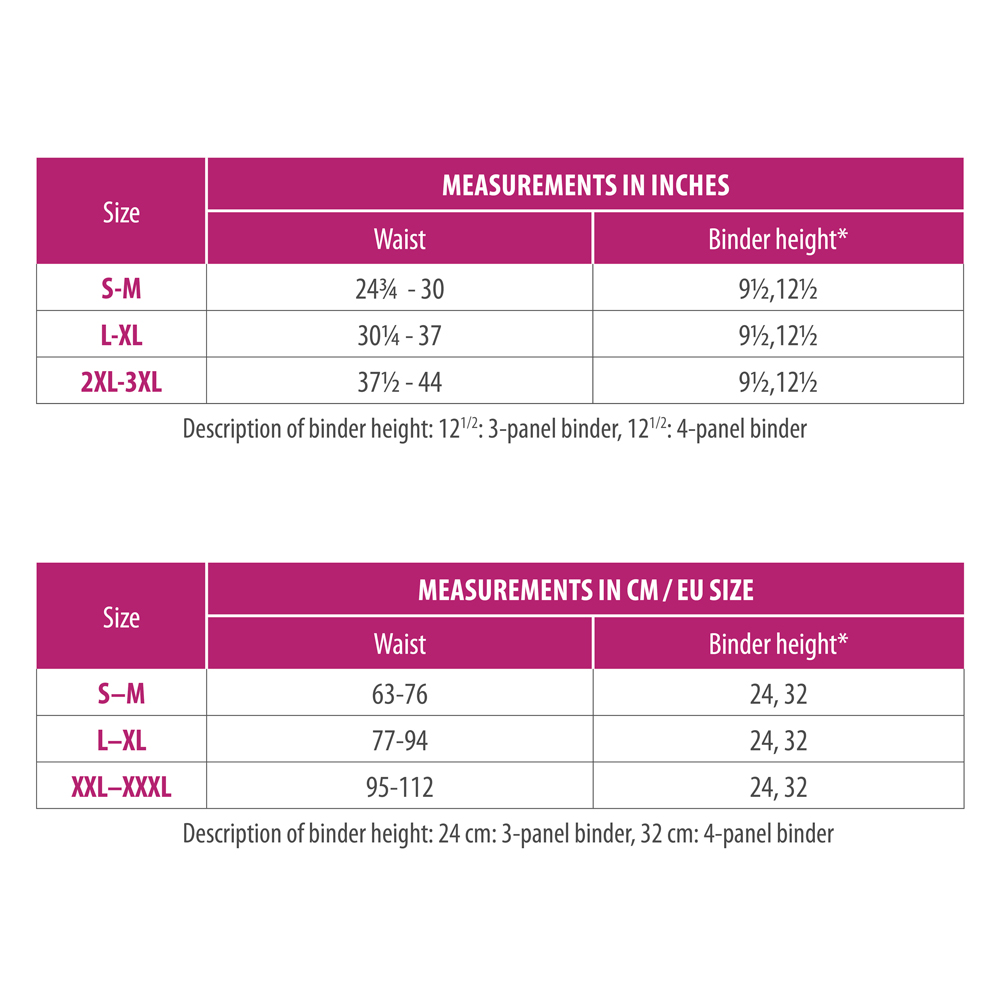How Long Does It Take for Gynecomastia to Go Away?

What Does Lipoedema Look Like - A Quick Understanding
Lipoedema is a condition which causes the legs to swell. It is not weight related, but instead it affects your lymphatic system, which transports fats and other fluids from tissues back into the blood. The affected area can be anywhere from the ankles up to just below the knee and sometimes above that level as well. Lipoedema can affect both men and women of all ages and ethnicities however it mainly affects women between their mid-30’s and 50’s who have given birth (although some cases occur in males).
Lipoedema is a condition that causes the accumulation of fatty tissue in the legs, making them look swollen. The condition isn't caused by obesity or dieting--it's not about how much you weigh or what you eat. In fact, there's no known cause for lipoedema at all! The only thing we know for sure is that it affects many people who have no family history of this condition (though some studies suggest there is a genetic component).
Types and Stages of Lipoedema
There are five different types of lipoedema, each with their own unique symptoms and characteristics. These include:
- Type I, which is the most common form and primarily affects legs and arms;
- Type II, which affects the trunk (abdomen) area as well as arms and legs;
- Type IIIa: This type can affect any part of your body but most often shows up in the lower leg;
- Type IIIb: This type affects only one limb at a time (usually feet or hands);
- Type IV: Affects both sides equally while leaving no other visible signs except for swelling on both sides simultaneously
- Type V: This type is very rare and only affects one leg. It tends to appear in childhood or adolescence and leaves behind no other visible signs except for swelling on one side.
Insert the 5 types image which is widely available in google
There are 4 stages of Lipoedema.
Stage 1: When the body is affected by Lipoedema, it is usually in Stage 1. This is when a person has no visible signs of the disease and may not even know they have it. However, if your doctor suspects that you have Lipoedema, then he or she will order a test to see if there are any deposits of fat under your skin—the first step in diagnosing lipoedema. The diagnosis can be confirmed by an ultrasound, MRI or CT scan.
Stage 2: The second stage involves the formation of nodules and fibrosis (scar tissue). This is when the disease has progressed and you will start to notice small lumps of fat under your skin. They may be hard to see at first, but as the condition progresses these lumps will become more noticeable. You could also experience swelling of one leg or arm and there may be no other visible signs besides this.
Stage 3: This is the most advanced stage of lipoedema, and it’s when you will experience a lot of swelling in your limbs. You may have lumps all over your body, which could make movement difficult. Lipoedema can also cause pain and discomfort, which can be crippling for some sufferers.
Stage 4: This is the final stage of lipoedema and it’s usually when a sufferer will need medical intervention. It’s not known how many people suffer from this condition, but it can be estimated that it affects around 1 in every 10,000 women. The lumps in your skin can get so big that they are painful, and you may also experience swelling in other parts of your body. You could develop a large lump under one arm or leg, as well as swelling around the base of your spine and buttocks. This is why many sufferers find it difficult to move around when they have lipoedema.
Signs and Symptoms of Lipoedema
Lipoedema is a chronic condition that causes swelling in the legs. It can also cause pain, puffy or swollen ankles, difficulty with mobility and fatigue.
The condition affects both men and women equally but is more likely to be diagnosed in women because they tend to have more obvious symptoms of lipoedema than men do. Men with lipoedema may have less visible symptoms than women with the same level of fat buildup in their thighs or calves (1).
Causes of lipoedema
Lipoedema is a chronic condition that can be present throughout your life. It’s caused by an abnormal buildup of fat cells, and it affects all genders but majorly women.
Lipoedema tends to run in families. If someone in your family has it, then you have a higher chance of also developing the condition.
Hormonal changes during puberty, pregnancy or menopause may increase your risk of lipedema. Insulin resistance is also a factor in some cases—where the body cannot metabolize glucose properly and it builds up to unhealthy levels within the bloodstream.
If you’re taking medications like oral contraceptives or certain antidepressants like Prozac®, these drugs may contribute to the development of lipoedema as well.
Risk Factors and Complications of Lipoedema
The risk factors for lipoedema patients include:
- Obesity, especially in the upper body
- Genetic predisposition to the condition
- Poor nutrition and a sedentary lifestyle
Complications of lipoedema can include:
- Fatty tissue buildup around the legs, arms, abdomen and face (in severe cases)
- Skin ulcers on feet or legs that can become infected
Treatment for Lipoedema
Lipoedema treatment is not a one-size-fits-all solution. It depends on your individual needs and preferences, as well as the severity of your lipoedema. There are multiple lipoedema treatments depending on the severity and the desired outcome. Let’s explore the top 3 treatments available for Lipoedema.
- Liposuction
If you’re interested in liposuction as a means of reducing fat deposits in areas where they’re causing pain or discomfort, talk to your doctor about whether this procedure could be right for you. Liposuction can be used to remove excess fat from legs, arms and abdomen–areas where lipoedema typically occurs–but it won’t treat the underlying issue that causes those areas to retain watery fluid instead of storing fat like normal tissue would do.
- Manual lymphatic drainage massage (MLD)
MLD helps improve blood flow throughout the body by manually stimulating lymph nodes through stroking motions made by hand or elbow pressure over tissues affected by swelling or inflammation; this helps move fluid out of swollen tissues into surrounding healthy ones so they can perform their normal functions more efficiently without being weighed down by excess liquid buildup between cells.
- Compression Therapy
Compression therapy is a type of treatment that uses special garments, wraps or bandages to help reduce swelling and inflammation in the body. Compression garments may be worn for a specific amount of time each day to help treat lymphedema; these garments are often made from elastic materials that provide gentle pressure on swollen tissues and may also contain cooling properties to help reduce pain and discomfort associated with swelling.
Diet, exercise and weight loss aren't effective in preventing lipoedema from progressing.
If you are struggling with lipoedema, and haven’t yet been diagnosed, it can be difficult to understand why your body is so different from other people’s. The good news is that there are treatments available for lipoedema that can help reduce the symptoms.
However, diet and exercise aren’t effective in preventing lipoedema from progressing. Lipoedema is a genetic condition and not caused by diet or exercise; so, although these things may help with weight loss (if one chooses), they won’t stop the condition itself from getting worse over time
Treatment is available and Dr Purbey can help!
Lipoedema is a progressive condition that causes swelling in the legs, usually starting at the thighs. It can be passed from mother to daughter and should be treated as soon as possible. Lipoedema Liposuction treatment is available at Dr Purbey’s clinic and we can help!




